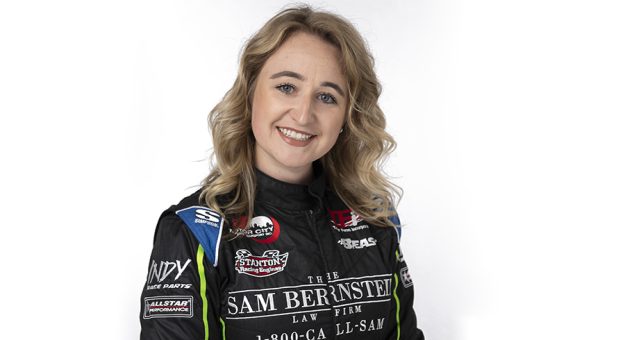There’s a familiar question that has been brought to the forefront of late: “What makes the Chili Bowl so special?”
A variety of answers may come to mind: “It’s a legendary event;” “We want to win the driller;” and “I grew up watching/attending the race.”
All of which are valid responses and cannot be denied or refuted. To me, the answer is a bit more complex and offers a glimpse as to why some racers, teams and fans make the trip to Tulsa, Okla., for the Chili Bowl — a race that pays so little in contrast to the staggering number of cars that show up each January.
Disclaimer: This is not a column supporting the low purse or an explanation as to why the purse has stayed basically the same since the race’s inception in 1987.
Recently, I have been referring to the Chili Bowl as “adult Disneyland for racers.” Allow me to expand.
For starters, the Chili Bowl is one of the few events that offers competition among racers from a multitude of different disciplines, divisions and levels of motorsports.
Where else might one witness a race with competitors representing IndyCar, NASCAR, USAC, NHRA, World of Outlaws, late models — both pavement and dirt — and micros, to name a few?
To my knowledge, there may not be another event that can say the same. Perhaps the SRX series may initially come to mind and could be analogous to the likes of the Chili Bowl, but not to the same extent.
The Chili Bowl offers the opportunity to be a career-defining race and has evolved into being recognized as a marquee motorsports event.
The fact the race track, grandstands, all approximate 350-plus race cars, trailers, an abundance of fans and a trade show are all confined inside one of the largest clear-span buildings in the world creates a spectacle, to say the least.
The camaraderie among participants and the racing that goes on at the Expo throughout the week creates an energetic atmosphere that would be difficult to replicate anywhere else.
Now, to add to the Disneyland reference. When patrons go to Disney, they, presumably, know and have been made aware of the numerous expenses involved. At least that is the reputation the Disney parks hold.
The same could be said for the Chili Bowl. The time spent in Tulsa during the Chili Bowl is far from a bargain. Between pit passes, hotels, food and beverage and the regular race car expenses, the costs top any average weeklong trip to Disney.
Most know they are going to be in the negative before even showing up, unless, of course, they strike it big one night at the casino or their expenses are comped.
Collectively, this adds to the uniqueness of the race.
As racers in general, but more specifically with reference to the Chili Bowl, the opportunity cost to participate in such a wide-reaching and prestigious event is so expansive, yet marginalized if viewed from the perspective of the opportunity potential superseding available monetary resources.
I think a lot of people can agree the Chili Bowl is a spectacle and is recommended for most to attend at least once. I am abundantly grateful to Bob and Janice East and Terry Klatt for inviting me to come back to race the No. 4 Beast for my fifth Chili Bowl.
I look forward to the opportunity of building off the experience we had together last year, capitalizing where I can each time on the track and making the most out of my time there. This race will allow me to get reacclimated to being back on a dirt surface before I return to racing a USAC Silver Crown dirt car later this season — a form of racing (Silver Crown on dirt) in which I have not participated since 2014.
Let’s get this season underway and thanks for reading.
This story appeared in the Jan. 11 edition of the SPEED SPORT Insider.

